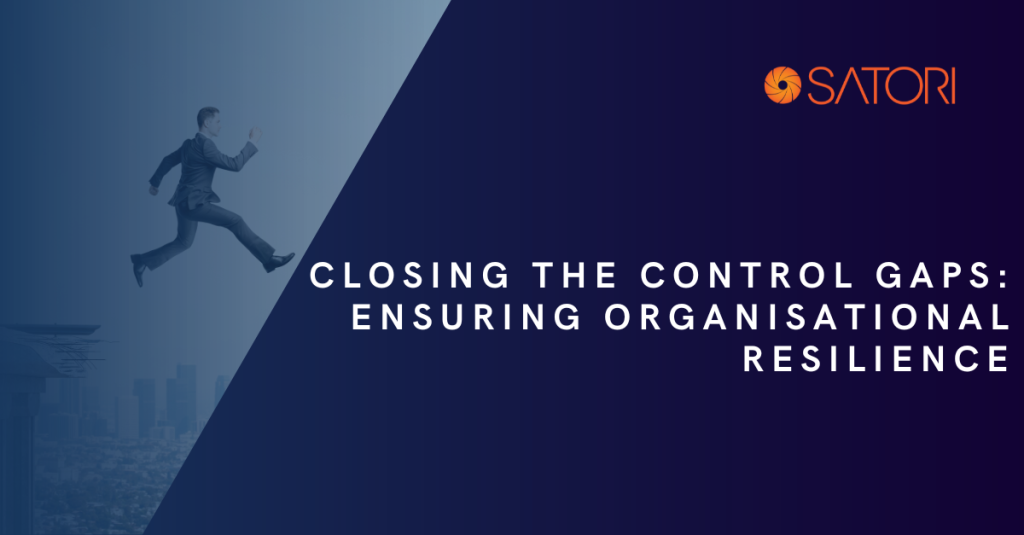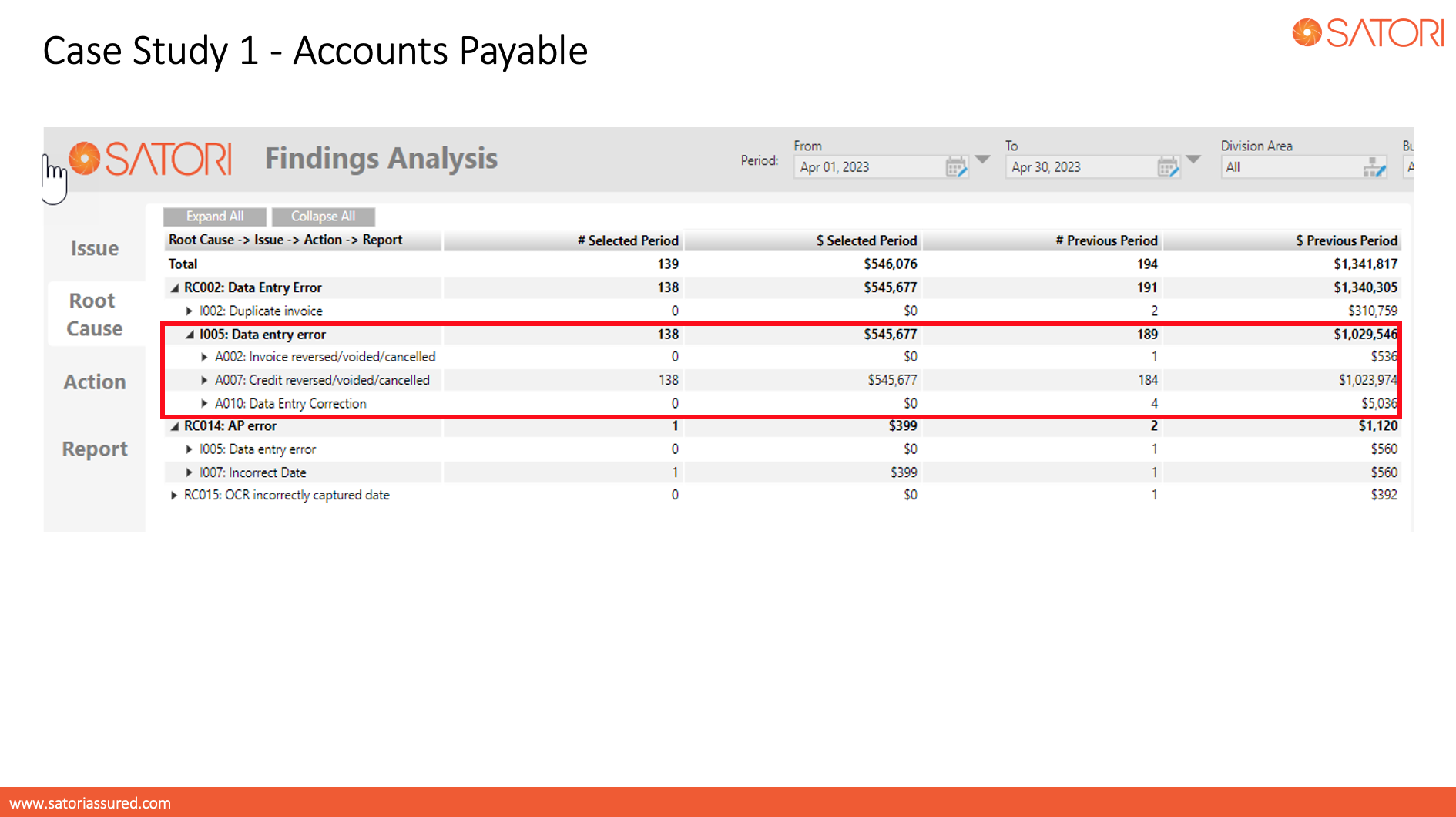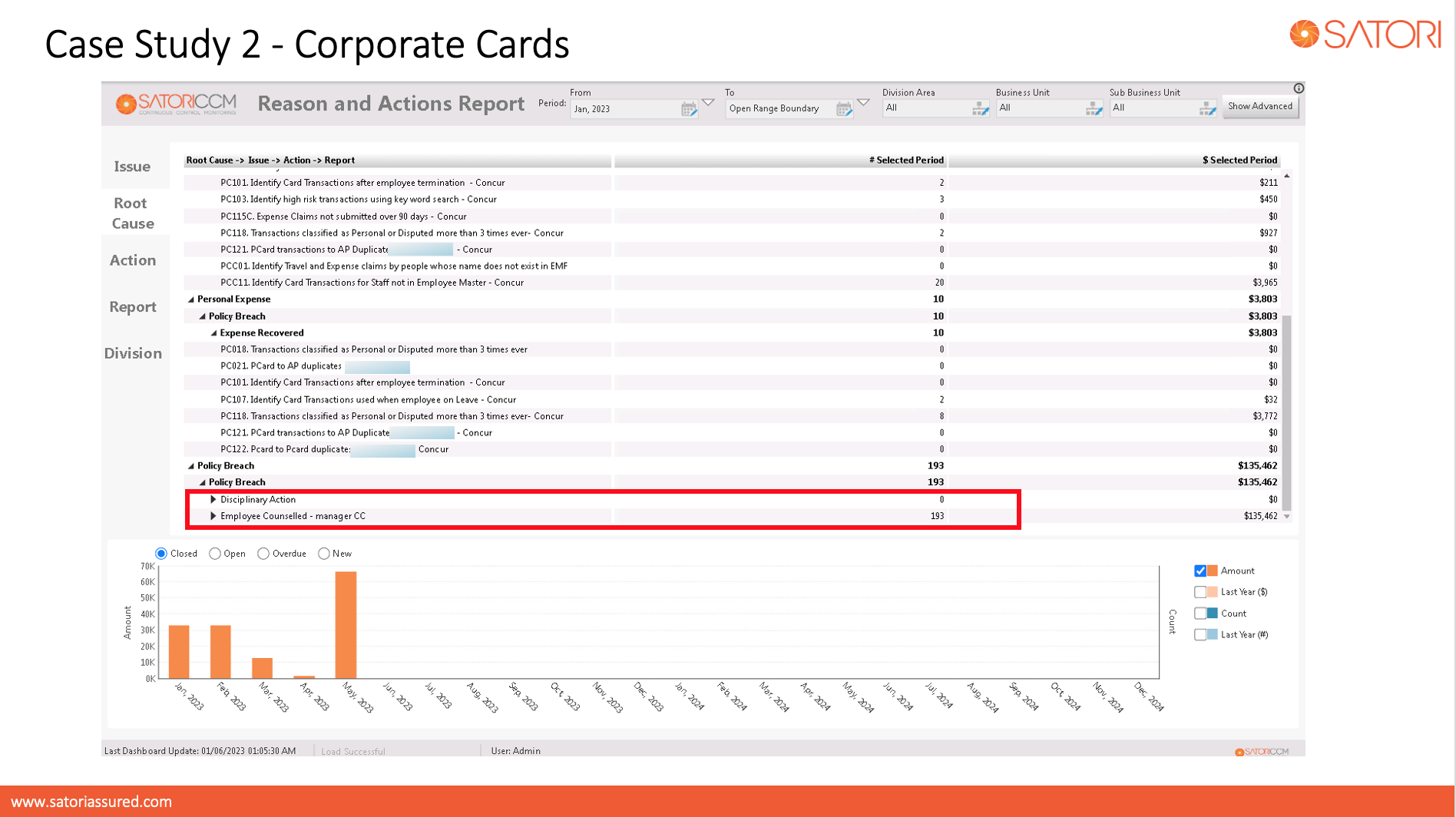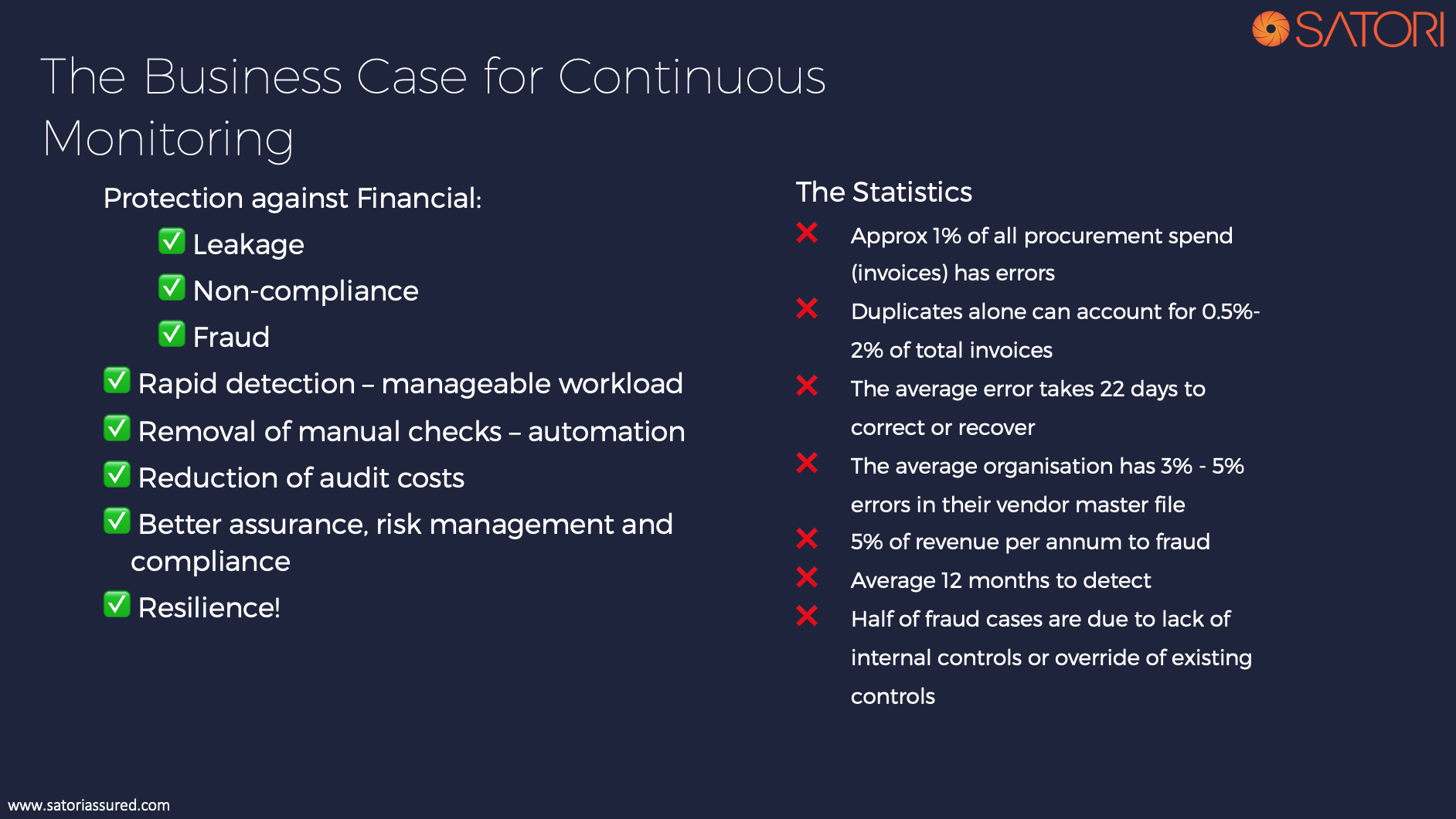The Power of Continuous Monitoring
In every organisation, gaps in controls can lead to errors, compliance breaches, and even fraud. Acknowledging and addressing these gaps is crucial for any company’s success. This blog explores the importance of control monitoring, the risks associated with inadequate controls, and the benefits of implementing continuous monitoring solutions. We will also delve into real-life case studies that demonstrate the effectiveness of Satori’s solution in detecting and preventing control failures.
Understanding the Risks:
When control gaps persist, organisations face significant risks. Research shows that fraudulent activities can cost a company up to 5% of its annual revenue. Shockingly, it takes an average of 12 months to detect these fraud cases, resulting in substantial financial losses. Half of these fraud incidents occur due to the lack of internal controls or the override of existing controls, emphasising the importance of robust monitoring systems. The median value of each fraud case is approximately $117,000, further highlighting the severity of the issue. Among different types of fraud, Asset Misappropriation accounts for 86% of cases, primarily involving internal fraud.
Procurement-Specific Challenges:
Within procurement departments, errors can have a significant impact on financial operations. On average, approximately 1% of all procurement spend (invoices) contain errors. Duplicates alone can account for 0.5%-2% of the total invoices, leading to financial discrepancies. Correcting these errors takes an average of 22 days, causing operational disruptions and delays. Additionally, organizations typically have 3% – 5% errors in their vendor master file, further exacerbating the problem.
Barriers to Automation:
Many companies face barriers when attempting to automate control monitoring. These barriers include beliefs such as “We have it under control!” or prioritising other initiatives and IT projects. Obtaining necessary data and undervaluing the importance of assurance are also common hurdles. Companies often rely on methods and tools such as internal audits, ad-hoc spreadsheets, reports, and analytics tools like PowerBI. However, these approaches alone are insufficient for achieving comprehensive and continuous monitoring.
Real-Life Case Studies:
Satori’s continuous control monitoring solution has been instrumental in identifying control failures and preventing financial losses. In one instance, a mature organisation utilising SAP software detected $8 million in duplicate invoices, with $5 million already paid out. By leveraging Satori’s solution, they were able to recover the money by raising credits with suppliers and seeking refunds. This highlights the effectiveness of continuous monitoring in identifying control weaknesses within ERP systems.
Another example involved a customer using the Concur ERP for company credit cards. Satori’s solution identified an employee with two cards and alerted management about policy breaches. The system also flagged active cards belonging to terminated or former employees, minimising misuse. Since implementing Satori, this customer has counseled 193 employees about credit card misuse. Satori’s automated solution provides comprehensive visibility and resolves exceptions, fostering a better company culture around credit card usage.
Overcoming Barriers:
While some companies believe they have control over their processes, it is essential to recognise that continuous monitoring enhances control effectiveness. Understanding that tools like Excel, PowerBI, and Alteryx are insufficient for continuous monitoring are crucial steps toward embracing automation. Assuring shareholders and the board requires providing the right tools that target their concerns, reinforcing the need for continuous monitoring solutions.
The Business Case for Continuous Monitoring:
Implementing continuous monitoring solutions offers several benefits, including protection against financial leakage, non-compliance, and fraud. Rapid detection of anomalies lightens the workload, while automation reduces manual checks, audit costs, and human errors. Better assurance, risk management, and compliance create a resilient organisation prepared to mitigate risks effectively.
Addressing control gaps is vital for any organisation aiming to protect its financial resources, ensure compliance, and prevent fraud. Continuous monitoring solutions, such as Satori’s, provide the necessary tools to detect and prevent control failures, enhancing risk management and operational efficiency. By prioritising automation and embracing the power of continuous monitoring, companies can safeguard their reputation, reduce financial losses, and achieve long-term success.
To learn more about Satori’s solution HERE










